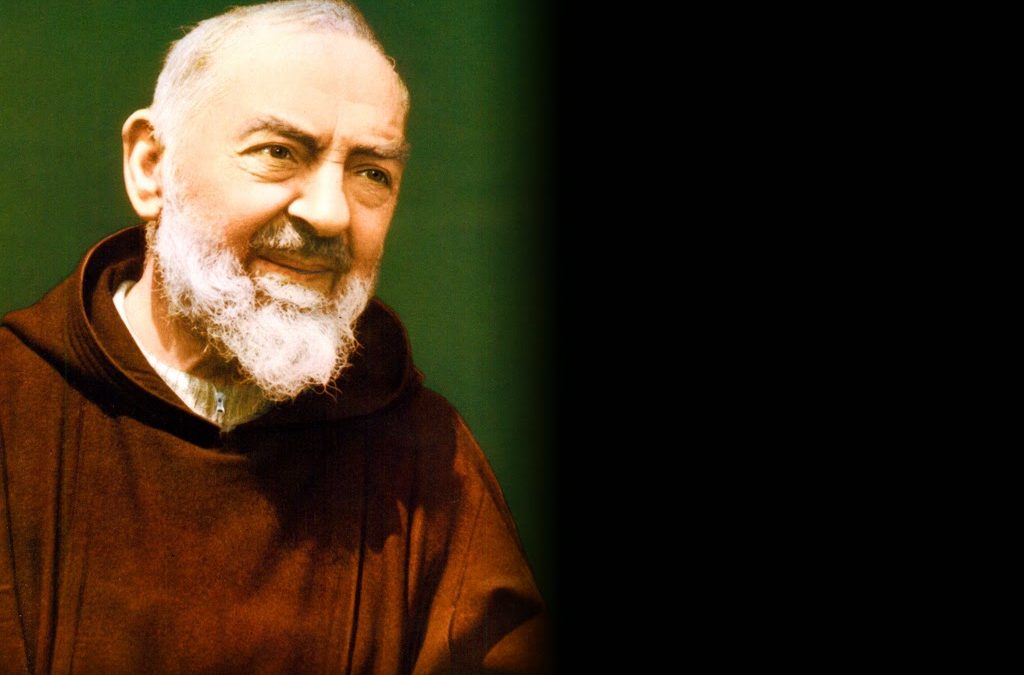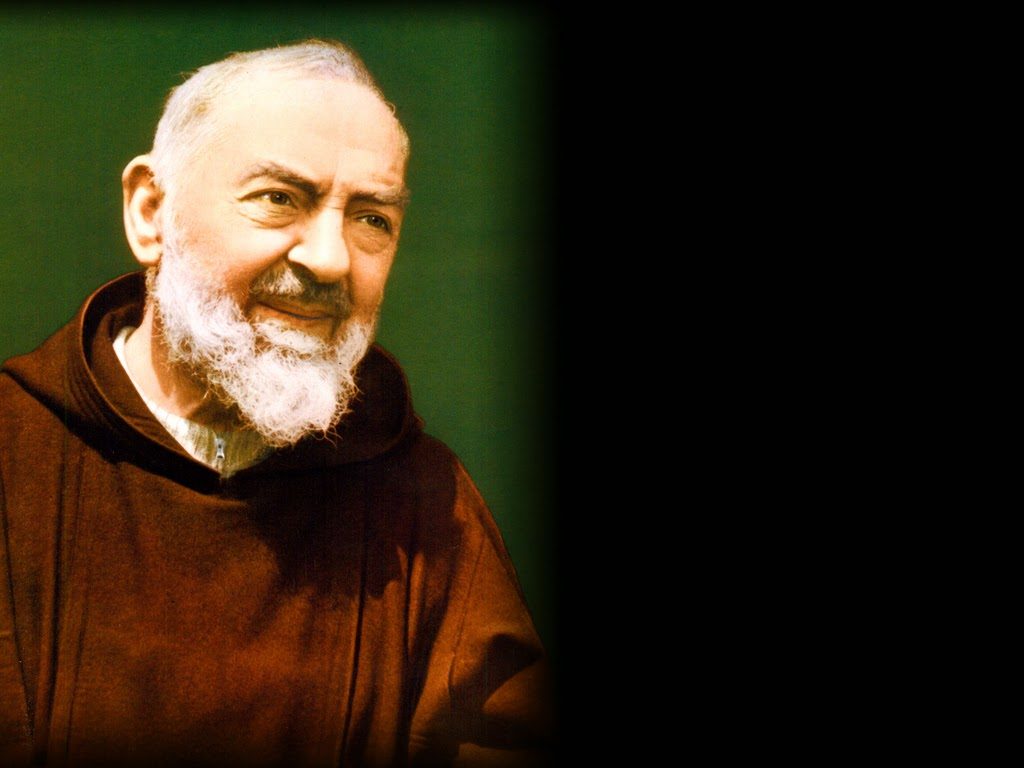Saint’s Relics Come to Philadelphia Basilica

To Catholics, preserving the memory of the many saints in the church’s canon is deeply important. There are over 10,000 Catholic saints, the first of which was canonized in the 9th century A.D. The Vatican maintains relics of certain saints, which are objects that belonged to the holy people and so are considered sacred. Right now, the relics of an Italian saint dedicated to civil defense volunteers, adolescents, and the village of Pietrelcina are on display at The Cathedral Basilica of Saints Peter and Paul in Philadelphia.

Relics of Saint Padre Pio will be on display at a Philadelphia basilica for the next week.
A lock of hair and a fragment of bedding belonging to Saint Padre Pio will be in the basilica for a week. The relics are considered “first class” since they have a direct connection to the saint. Padre Pio was a Capuchin monk in Italy who died in 1968 at the age of 81. He’s considered a mystic and was canonized by Pope John Paul II In 2002. The National Centre dedicated to the saint is located in Washington Township, Berks County. On May 25th they will hold a celebration to honor the 130th anniversary of the saint’s birth.
Padre Pio was born to a poor family and had little schooling. He showed an aptitude towards the Church from the time he was a small child, and his family scrimped to hire him a private tutor so that he could become a monk. He received the sacraments of priesthood in 1910. To become a saint, holy people have to have at least two proven miracles. The miracle best associated with Padre Pio was his stigmata, spontaneously-appearing wounds that imitate those of Christ on the cross. The saint has the stigmata on his hands and feet. They were perfectly round and, although painful, never became infected. It is said that his wounds smelled of roses.
In 1947, Fr. Karol Wojtyla, who would later become Pope John Paul II, visited Padre Pio. The saint famously prophesied that Wojtyla would attain the highest office in the Church.



